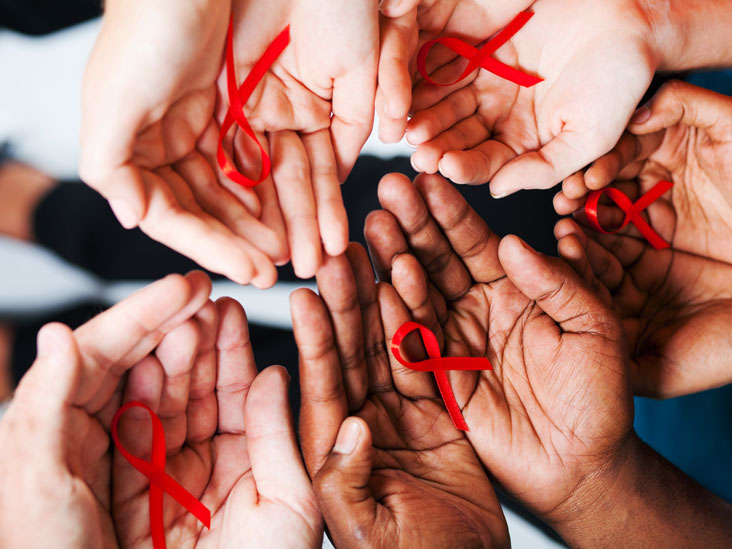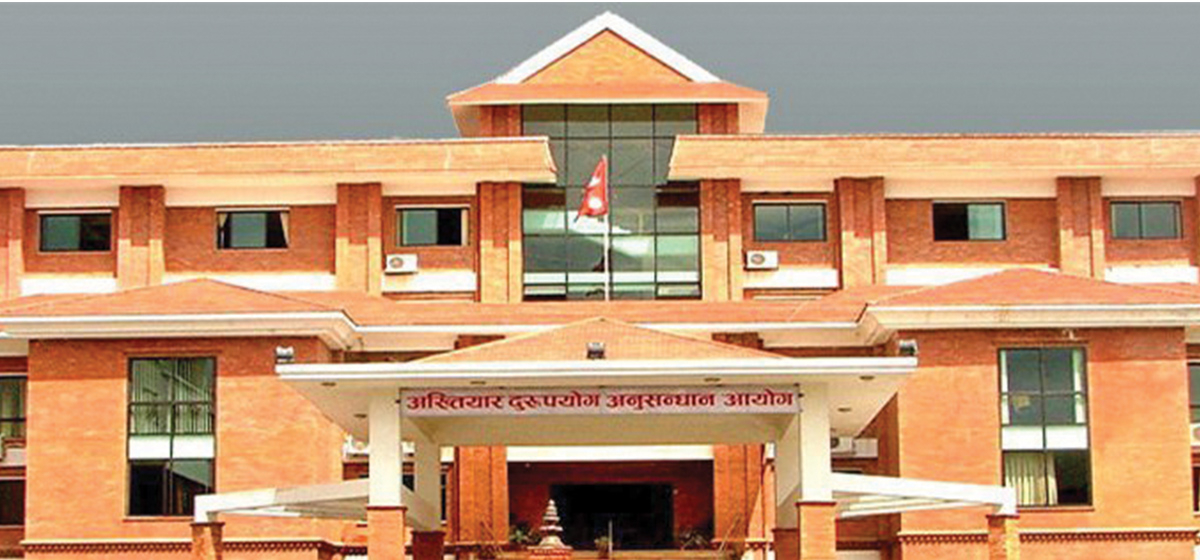
OR


Dr Prakash Budhathoky
The author is a treasurer at Central Executive Committee of Nepal Medical Associationnews@myrepublica.com
Individuals can reduce the risk of infection by limiting exposure to risk factors.
HIV AIDS continues to be a major global public health issue, having claimed almost 33 million lives so far. However, with increasing access to effective HIV prevention, diagnosis, treatment and care, including for opportunistic infections, HIV infection has become a manageable chronic health condition, enabling people living with HIV to lead long and healthy lives. Due to gaps in HIV services, 690,000 people died from HIV-related causes in 2019 and 1.7 million people were newly infected. Key population groups and their sexual partners accounted for over 60 percent of all new HIV infections globally among the age group of 15-49 years in 2019. These groups accounted for over 95 percent of new HIV infections.
AIDS is defined by the development of certain cancers, infections or other severe long term clinical manifestations. Because of immunodeficiency, HIV results in increased susceptibility to a wide range of infections, cancers and other diseases. The most advanced stage of HIV infection is acquired immune deficiency syndrome (AIDS). HIV can be diagnosed through rapid diagnostic tests that can provide same-day results. Rapid test and self-tests have greatly facilitated diagnosis, treatment and care.
Symptoms of HIV vary depending on the stage of infection. Though people living with HIV tend to be most infectious in the first few months after being infected, many are unaware of their status until the later stages. In the first few weeks after initial infection people may experience no symptoms or an influenza-like illness including fever, headache, rash or sore throat. As the infection progressively weakens the immune system, they can develop other signs and symptoms, such as swollen lymph nodes, weight loss, fever, diarrhea and cough. Without treatment, they could also develop into severe illnesses such as tuberculosis (TB), cryptococcal meningitis, severe bacterial infections, and cancers such as lymphomas and Kaposi's sarcoma.
HIV is found in blood, genital fluid (semen, vaginal fluids,) cerebrospinal fluid, amniotic fluid, ascitic fluid and breast milk. It can be transmitted in any of three ways: Through unprotected and unsafe sexual contact with an infected person, through blood and blood products (blood transfusion, organ transplant, sharing of needles, needle stick injury, tattoos) and from infected mother to baby before or during birth or through breast-feeding.
Having unprotected anal or vaginal sex, having sexually transmitted infection (STI), sharing contaminated needles, syringes and other injecting equipment and drug solutions when injecting drugs, receiving unsafe injections, blood transfusions and tissue transplantation, and medical procedures that involve unsterile cutting or piercing among others could put individuals to the risks of HIV infection. Ordinary day-to-day contact such as kissing, hugging, shaking hands, or sharing personal objects, food or water, however, do not expose individuals to infection risks.
The WHO defines key populations as people who are at increased HIV risk in all countries and regions. Key populations include men who have sex with men, people who inject drugs, people in prisons and other closed settings, sex workers and their clients and transgender people. In addition, a range of other populations—such as adolescent girls and young women in southern and eastern Africa and indigenous peoples in some communities—may be particularly vulnerable, and at increased risk of HIV infection.
Increased HIV vulnerability is often associated with legal and social factors, which increases exposure to risk situations and creates barriers to accessing effective, quality and affordable HIV prevention, testing and treatment services.
There is no cure for HIV infection. However, effective antiretroviral drugs can control the virus and help prevent onward transmission. At the end of 2019, an estimated 81 percent people living with HIV knew their status—67 percent were receiving antiretroviral therapy and 59 percent had achieved suppression of the HIV virus with no risk of infecting others.
Individuals can reduce the risk of infection by limiting exposure to risk factors. Key approaches for HIV prevention include use of condom (male and female), testing and counseling for HIV and STIs, voluntary medical male circumcision, and harm reduction for people who inject and use drugs among others. Correct and consistent use of male and female condoms during vaginal or anal penetration can protect. Evidence shows that male latex condoms when used consistently have an 85 percent or greater protective effect against HIV and other STIs. The 69th World Health Assembly endorsed “Global health sector strategy on HIV for 2016–2021”. The strategy includes five strategic directions that guide priority actions by countries and by WHO over six years. The strategic directions are information for focused action, interventions for impact, delivering for equity, financing for sustainability and innovation for acceleration.
Nepal also has to follow these approaches.
You May Like This

Lead toxicity in Ayurvedic medicines
If not regulated urgently, the adulterated Ayurvedic medicines will increasingly become a potential source of lead intoxication in Nepal. ... Read More...



Just In
- Govt fails to adopt podway technology despite its potential in Nepal
- Jhulaghat border crossing in Baitadi to remain closed from this evening
- Universities will be free from partisan interests: Education Minister
- CIAA files cases against five, including ex-chief of Social Development Office Dolpa
- Kathmandu witnesses surge of 2,000 new commercial bank branches in six years
- Crops and livestock special production zone scheme implemented in 10 districts of Karnali
- Rising food prices cause business slowdown
- Madhesh Province Assembly meeting postponed after Janamat’s obstruction
















Leave A Comment